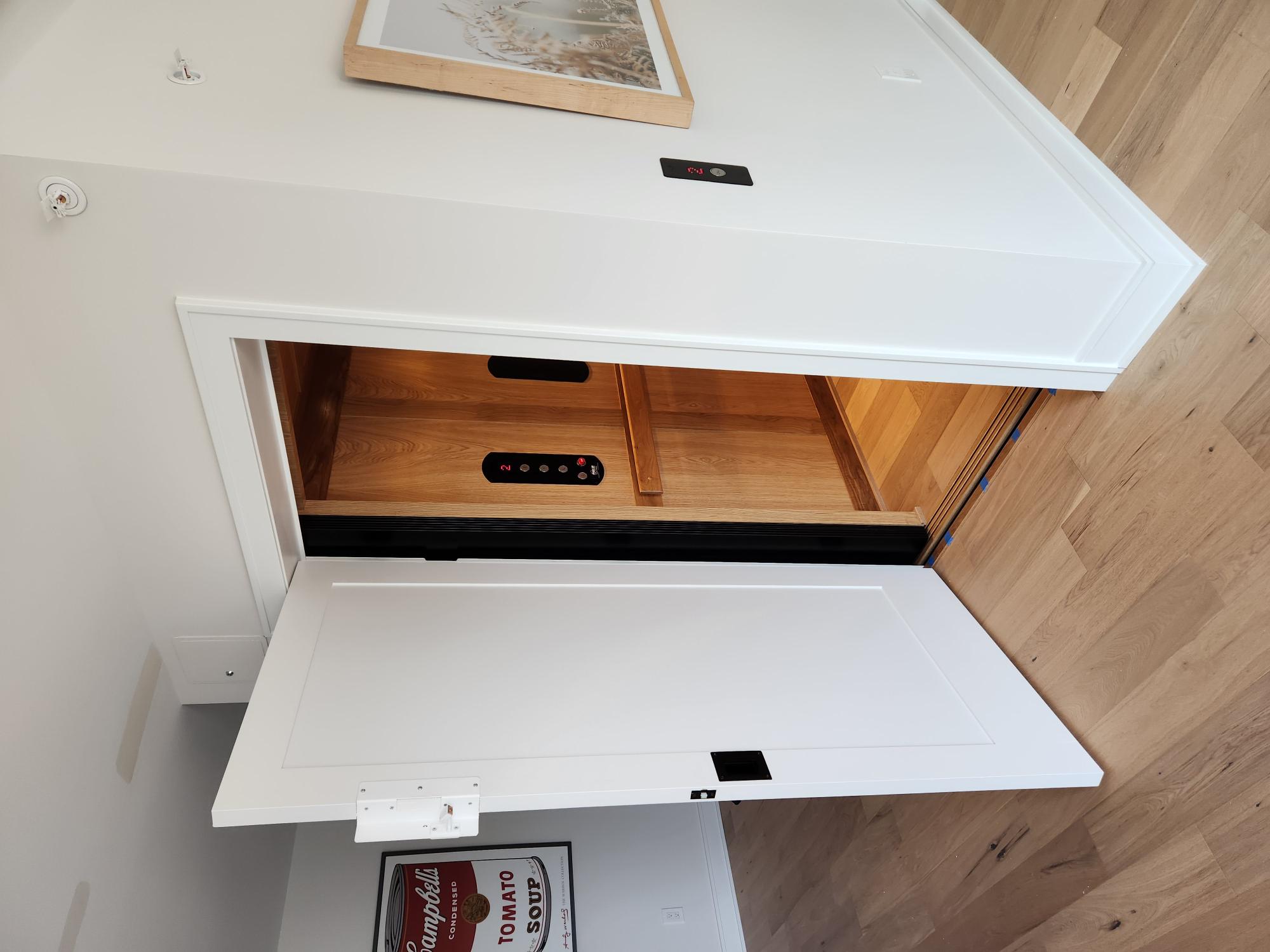London Lift Company: Trusted Experts for All Your Upright Transport Needs
London Lift Company: Trusted Experts for All Your Upright Transport Needs
Blog Article
Looking Into the World of Elevators: Usual Problems Dealt With by Various Lift Devices
As we navigate via the upright transportation systems of modern structures, elevators stand out as a vital element of our daily lives. From hydraulic elevators to traction systems and machine-room-less layouts, each lift kind comes with its set of usual problems.
Hydraulic Elevators
Hydraulic elevators, usually chosen for low-rise structures, use fluid stress to regulate the movement of the lift automobile (lift repair companies). This device entails a hydraulic pump pressing oil right into a cyndrical tube, triggering the lift to relocate in the preferred instructions. While hydraulic lifts are recognized for their smooth and silent operation, they do include their own collection of usual concerns
One widespread trouble with hydraulic lifts is oil leakage. Furthermore, problems with the control system, such as defective valves or a malfunctioning pump, can cause disruptions in the lift's activity.
Regular upkeep and timely repair services are necessary to make sure the smooth performance of hydraulic lifts. By dealing with these typical issues proactively, structure proprietors can decrease downtime and guarantee the security and performance of their vertical transport system.
Traction Lifts
When thinking about vertical transport systems in structures, one more usual type in addition to hydraulic lifts is the traction elevator. Grip elevators operate utilizing a system of ropes and counterweights that move the lift automobile by gripping onto the hoist ropes. This mechanism permits smoother and quicker upright transport contrasted to hydraulic systems.
Among the common problems encountered by traction lifts is rope wear. The continuous activity of the ropes within the traction system can cause tear and use gradually, potentially causing the lift to breakdown or become hazardous for usage. Routine evaluations and maintenance of the ropes are crucial to make certain the elevator's correct functioning and safety and security.
An additional issue that traction elevators may encounter is connected to the control system. Issues with the control system can cause concerns such as unpredictable motion, delays in response times, or perhaps full shutdowns. Routine screening and upkeep of the control system are essential to stop such issues and make sure the lift's integrity.
Machine-Room-Less (MRL) Lifts

Among the essential parts of MRL elevators is the small gearless grip machine that is installed within the hoistway. This maker efficiently you could try these out drives the elevator auto without the need for bulky equipment discovered in typical traction lifts. Additionally, MRL lifts commonly use a weight system to balance the cars and truck, more enhancing their energy performance.
Regardless of their advantages, MRL elevators may deal with obstacles related to repair and maintenance because of the restricted area for devices installment. Ease of access for servicing parts within the shaft can be limited, needing specialized training for specialists. Appropriate upkeep timetables and regular assessments are important to make certain the ongoing smooth operation of MRL lifts.
Overloading and Weight Restriction Issues
Are lifts outfitted to handle excess weight loads effectively and securely? Overwhelming and weight limitation problems are essential worries in elevator operations. Elevator manufacturers layout lifts with specific weight capabilities to ensure traveler security and equipment long life. Exceeding these weight limitations can cause different troubles, including mechanical failures, hold-ups, and security dangers.
When lifts are overwhelmed, it puts excessive pressure on the motor, cables, and various other elements, potentially causing malfunctions or break downs. Safety and security systems such as sensors and overload sensing units remain in read here area to avoid lifts from relocating if they find excess weight. Additionally, surpassing weight limits can cause enhanced power consumption and wear and tear on the lift system.
To reduce overloading problems, constructing managers need to prominently display weight limits in lifts and educate owners on the significance of sticking to these constraints - lift repair companies. Routine maintenance checks by certified service technicians can also help make sure that elevators are running within risk-free Source weight specifications. By resolving overloading and weight restriction problems proactively, building proprietors can enhance lift safety and efficiency
Electric System Failures
Exceeding weight limitations in lifts can not just result in mechanical issues yet likewise potentially add to electrical system failings within the lift framework. Electric system failures are a critical issue in elevator operation, as they can cause unanticipated closures, breakdowns, or perhaps safety threats. One common electrical problem is the overheating of components due to excessive current flow triggered by overloading the lift beyond its capability. This can lead to harm to the electric motor, control, or electrical wiring systems, resulting in costly repair work and downtime.
Furthermore, power rises or changes in the electric supply can likewise interrupt the lift's procedure, impacting its efficiency and security. These electrical disruptions can damage delicate lift components such as control board, circuit card, or sensing units, resulting in system failures. Normal upkeep and examinations are critical to recognize and address prospective electrical issues without delay, guaranteeing the secure and effective operation of elevator systems. By adhering to weight restrictions and carrying out regular electric system checks, structure proprietors can reduce the danger of electrical failures in lifts.
Verdict

Hydraulic elevators, usually liked for low-rise structures, utilize fluid pressure to manage the movement of the lift cars and truck.When thinking about upright transportation systems in buildings, another usual kind apart from hydraulic lifts is the traction lift. Grip elevators run using a system of ropes and weights that relocate the elevator vehicle by grasping onto the hoist ropes. Unlike traditional lifts that require a different equipment area to house the equipment, MRL elevators integrate most of the elements within the shaft, getting rid of the demand for a specialized equipment room.In verdict, lifts deal with typical problems such as hydraulic malfunctions, traction system failures, and electric system issues.
Report this page